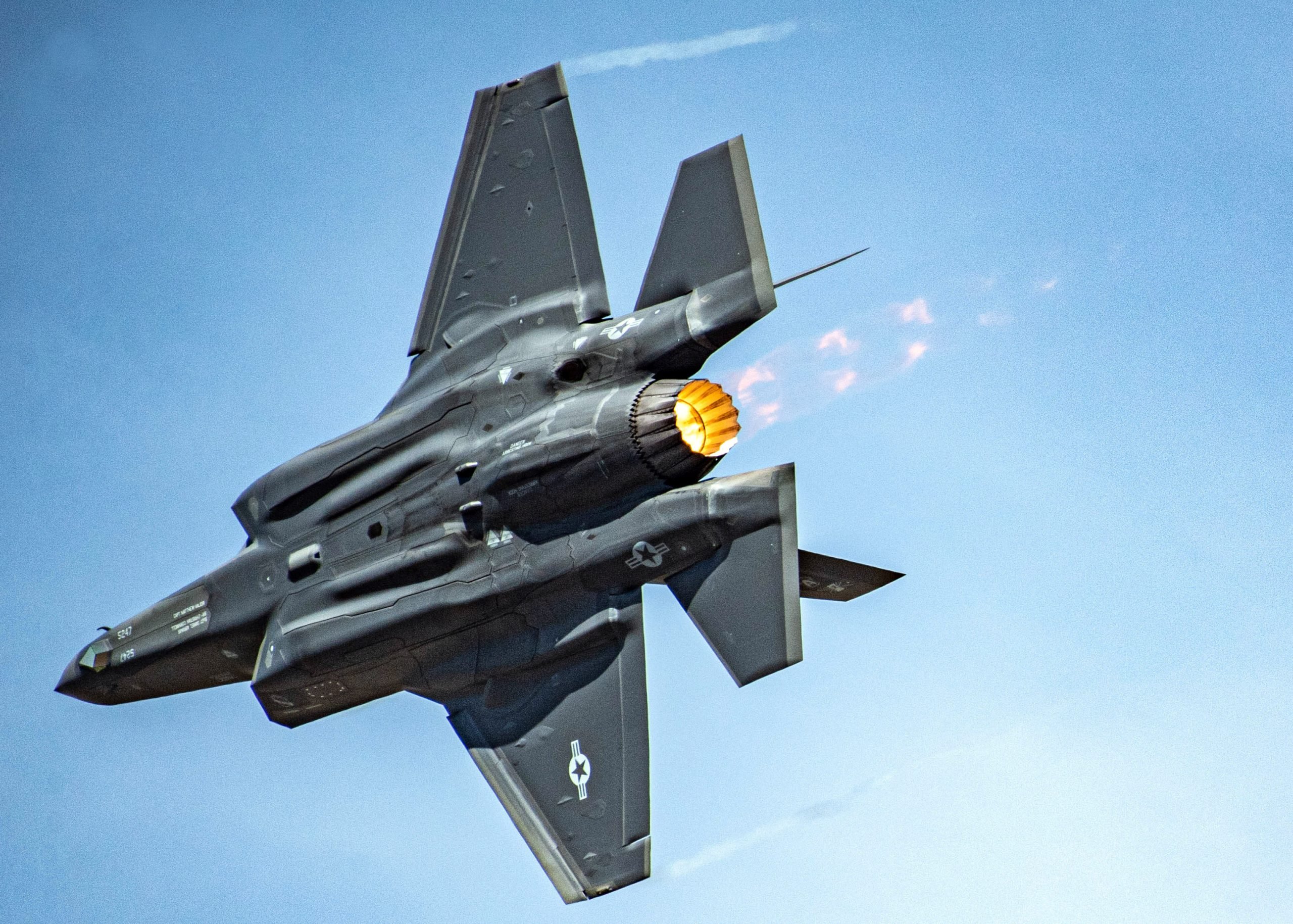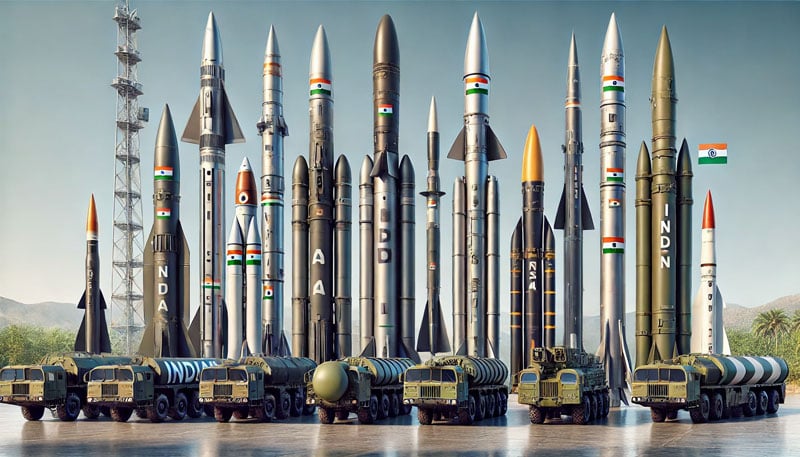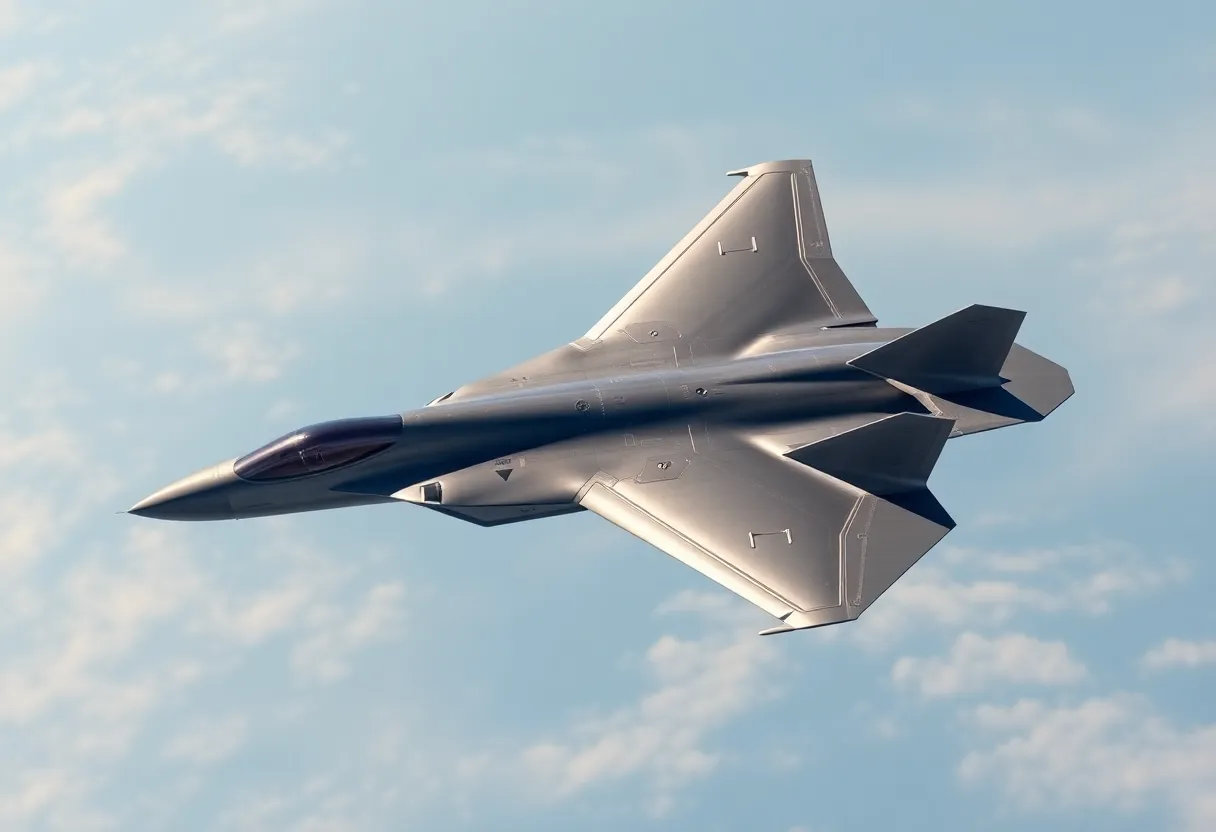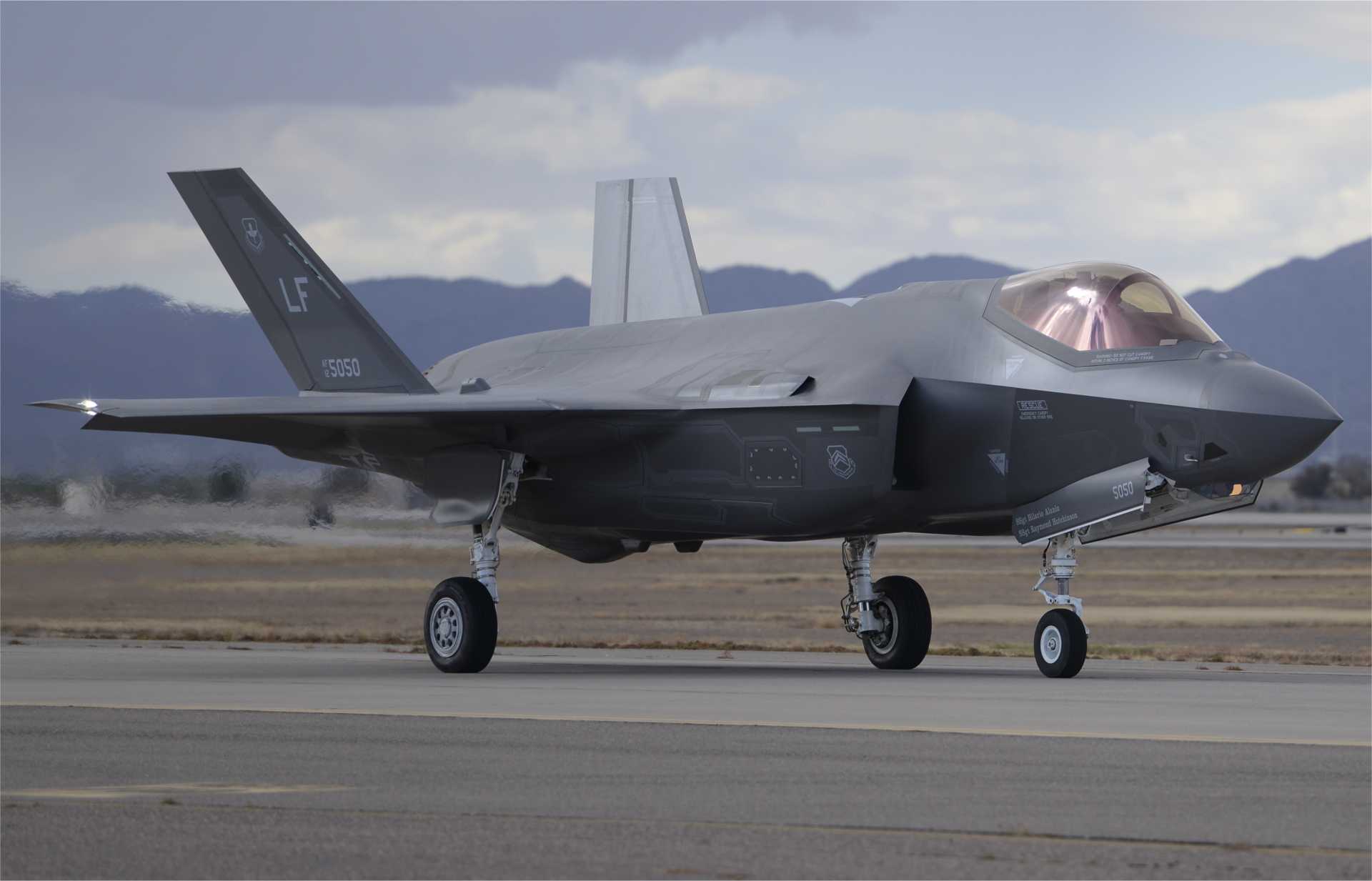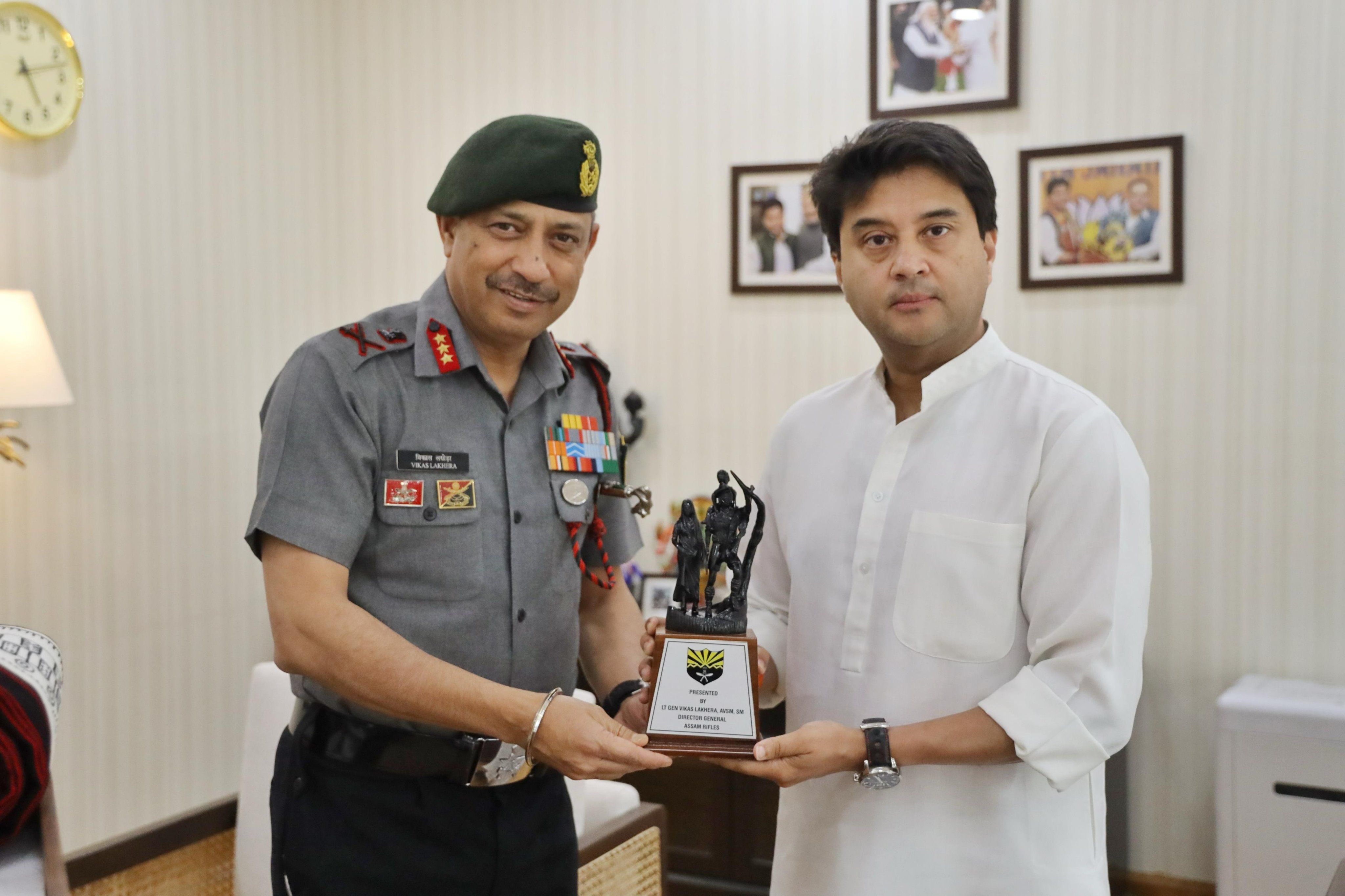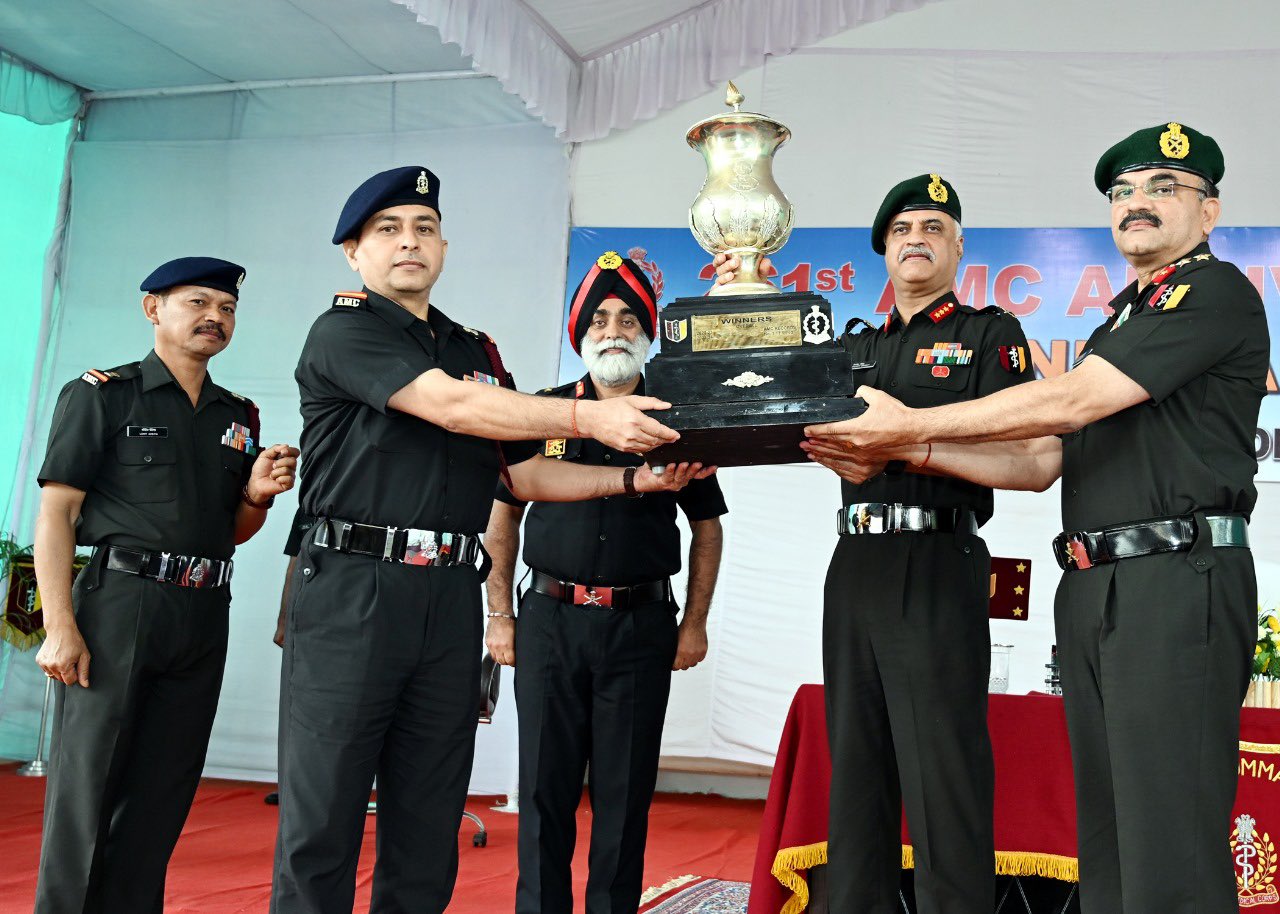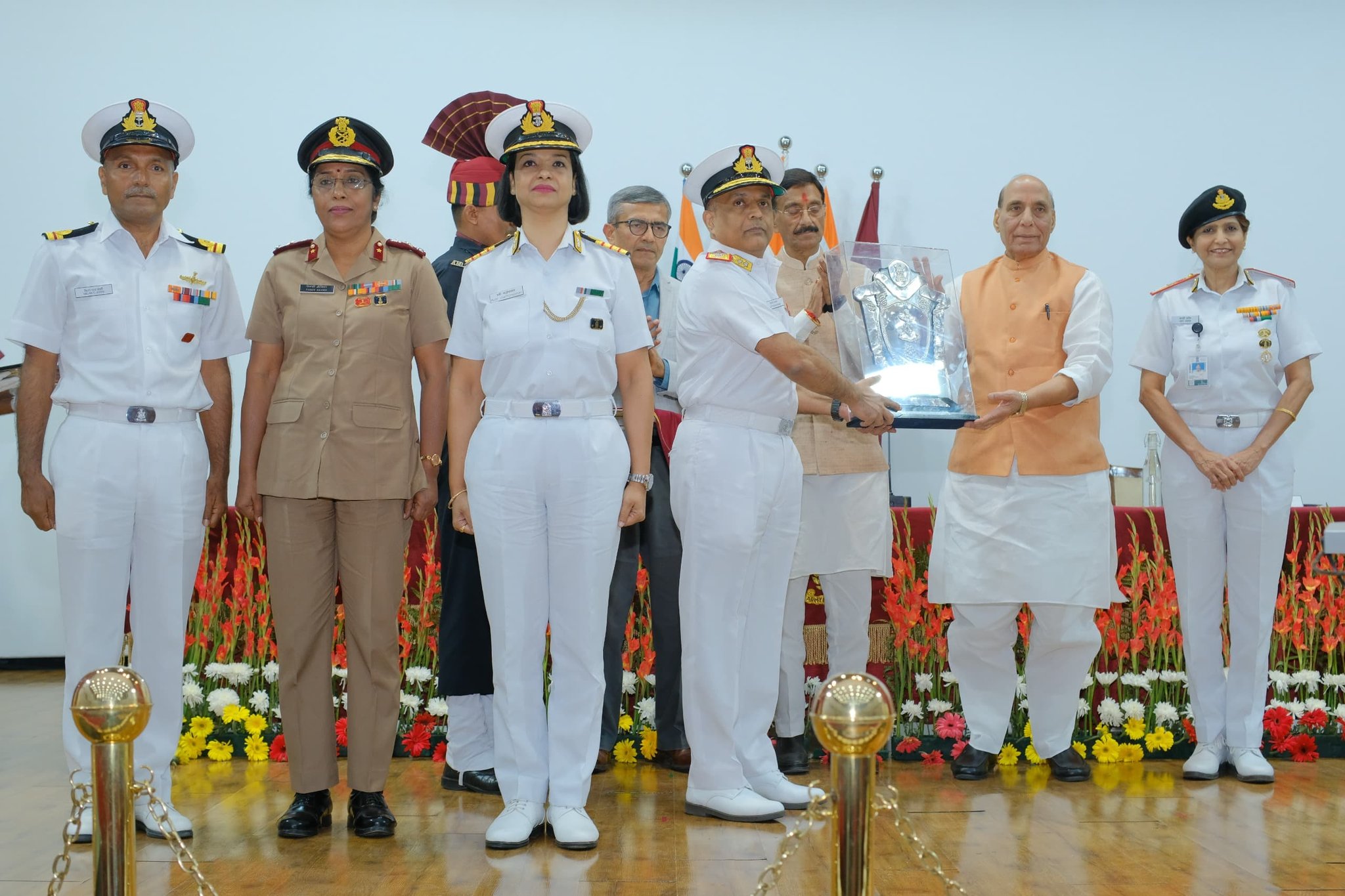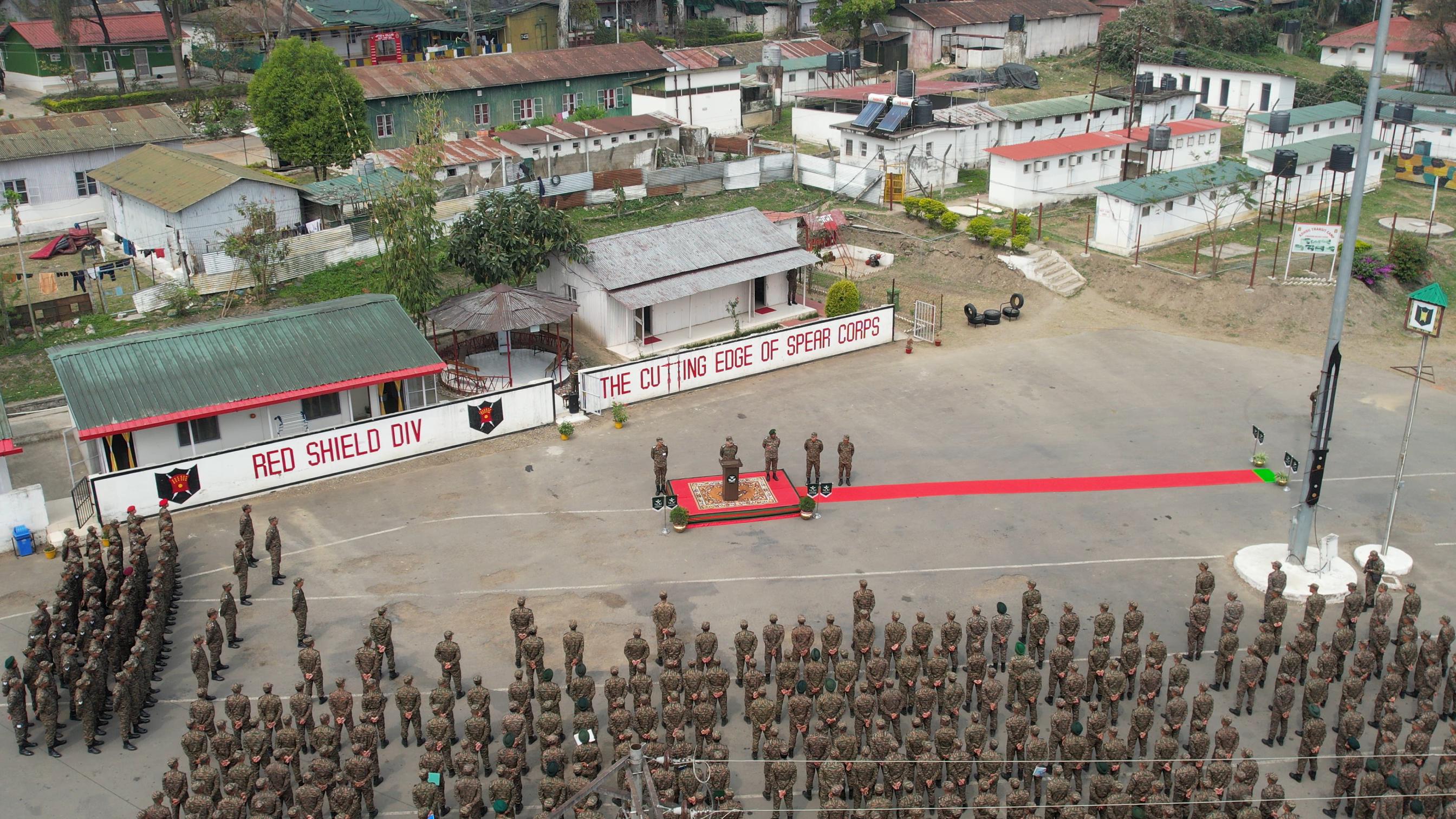The F-35 Fighter Jet, officially known as the F-35 Lightning II, stands as a testament to modern military aviation. Its advanced technology and capabilities have made it a vital asset for air forces around the globe. This article delves into five key reasons that underscore the F-35’s status as an unmatched force in the skies.
Must Read: Su-57 vs F-35: Which Fighter Jet Meets India’s Air Defence Needs?
1. Unmatched Stealth Capabilities
1.1 The Importance of Stealth
In contemporary warfare, the ability to evade detection is paramount. As adversaries develop increasingly sophisticated radar and missile systems, the need for stealth technology becomes critical. The F-35 was meticulously engineered with a low radar cross-section and features that minimize its visibility to enemy sensors.
1.2 Advanced Design Features
The F-35’s design incorporates stealthy shapes and materials that absorb radar waves. This allows the aircraft to operate in hostile environments with reduced risk of detection. The stealth technology enables the F-35 to penetrate enemy airspace while remaining undetected, a crucial advantage in modern combat scenarios.
1.3 Operational Effectiveness
The stealth capabilities of the F-35 are not merely theoretical; they translate into real-world effectiveness. During various exercises and operations, the F-35 has demonstrated its ability to conduct missions in contested airspace without being targeted. This operational success underscores the aircraft’s role as a game-changer in aerial warfare.
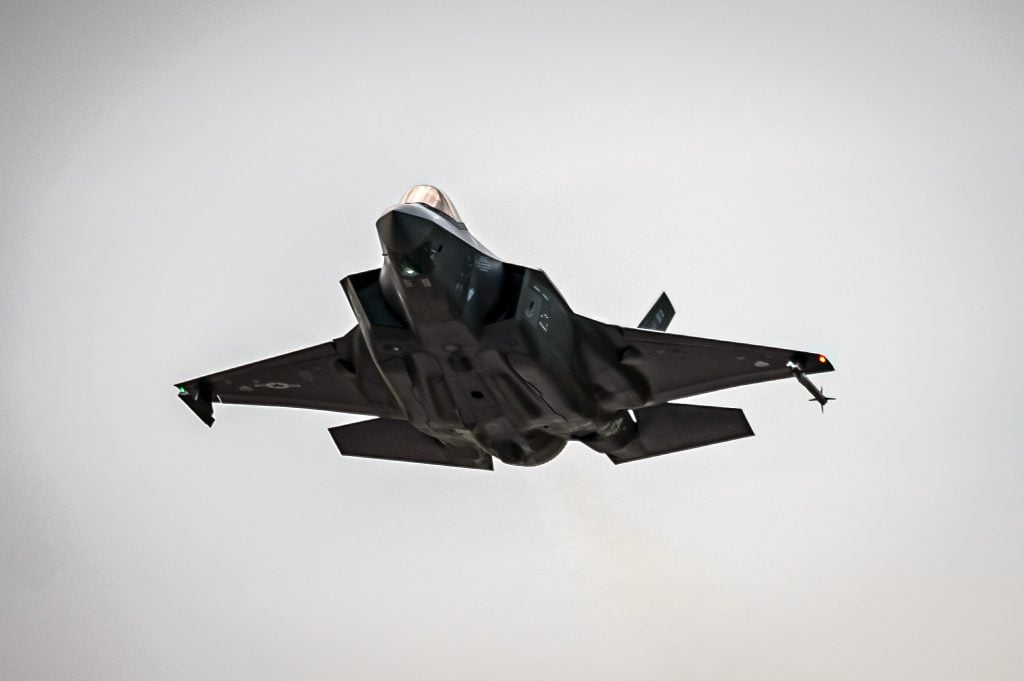
2. Versatility Across Multiple Roles
2.1 Multi-Role Capabilities
One of the standout features of the F-35 is its versatility. Unlike traditional fighter jets that are often designed for specific roles, the F-35 can perform a wide range of missions, including air-to-air combat, ground attack, intelligence, surveillance, and reconnaissance (ISR). This multi-role capability makes it an invaluable asset in various combat scenarios.
2.2 Variants for Different Services
The F-35 comes in three distinct variants: the F-35A for the Air Force, the F-35B for the Marine Corps, and the F-35C for the Navy. Each variant is tailored to meet the specific operational needs of its respective service. The F-35B, for instance, is equipped with short takeoff and vertical landing (STOVL) capabilities, allowing it to operate from smaller bases and aircraft carriers.
2.3 Integration with Existing Forces
The F-35 is designed to integrate seamlessly with other military assets, enhancing its operational flexibility. Its ability to share data with other platforms in real-time allows for coordinated strikes and improved situational awareness. This integration capability ensures that the F-35 can operate effectively within joint and coalition forces.
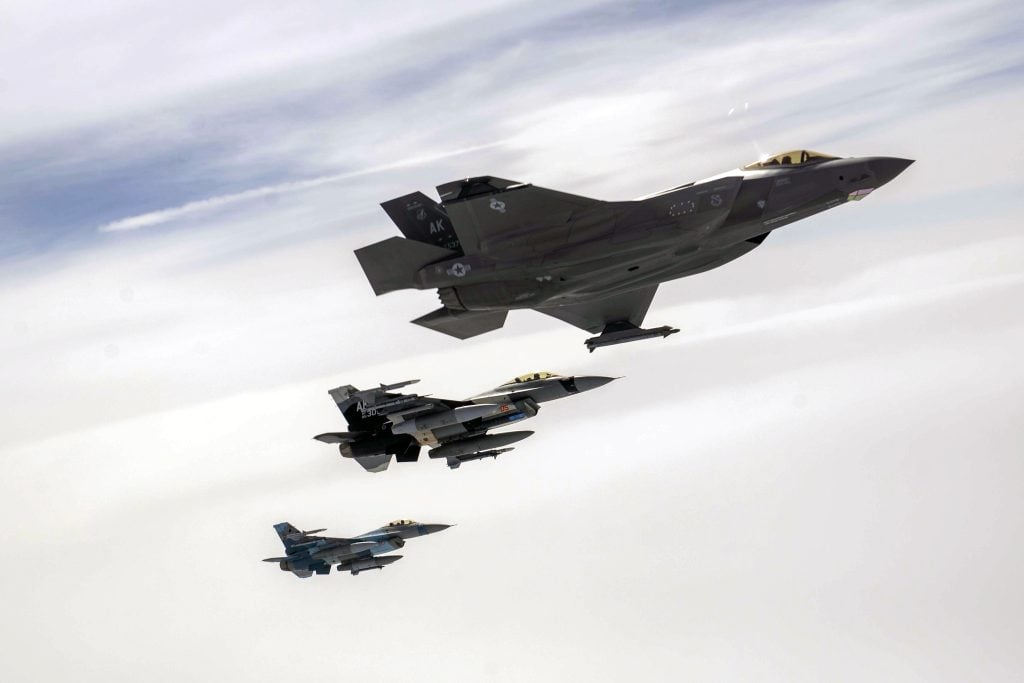
3. Superior Range and Speed
3.1 Impressive Performance Metrics
The F-35 is powered by cutting-edge engines that provide exceptional thrust and speed. With a maximum speed exceeding Mach 1.6 and a combat radius of over 600 nautical miles, the F-35 can swiftly engage targets and return to base without the need for refueling, enhancing its operational reach.
3.2 Strategic Advantage
The aircraft’s range allows it to conduct long-range missions without compromising its stealth. This capability is especially crucial in scenarios where ground-based defenses are formidable. The F-35 can strike from a distance, reducing exposure to enemy fire while maximizing the element of surprise.
3.3 Fuel Efficiency
In addition to its impressive performance, the F-35’s design incorporates fuel-efficient technologies. This not only extends its operational range but also reduces logistical burdens on support units. The ability to operate longer without refueling allows for more flexible mission planning and execution.
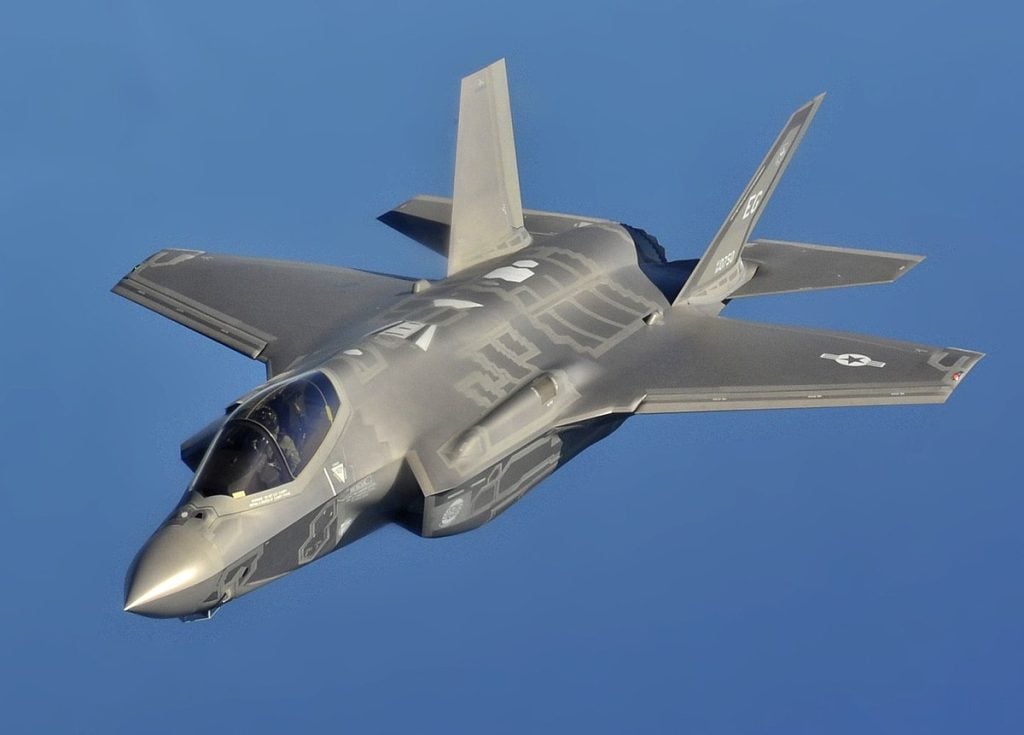
4. Advanced Electronic Warfare and Avionics
4.1 Cutting-Edge Technology
The F-35 is equipped with state-of-the-art avionics and electronic warfare systems that provide pilots with unparalleled situational awareness. Its sensors and radar systems can detect and track multiple targets simultaneously, allowing for effective engagement in complex environments.
4.2 The Distributed Aperture System
One of the standout features of the F-35’s avionics suite is the Distributed Aperture System (DAS). This system provides pilots with a 360-degree view of the battlefield, enhancing their ability to identify threats and make informed decisions. The DAS feeds real-time data to the pilot’s helmet-mounted display, allowing for seamless integration of information.
4.3 Electronic Warfare Capabilities
In addition to its offensive capabilities, the F-35 is equipped with advanced electronic warfare systems that can jam enemy radar and communications. This ability to disrupt adversary systems adds another layer of protection for the aircraft and its mission, making it a formidable opponent in electronic warfare scenarios.
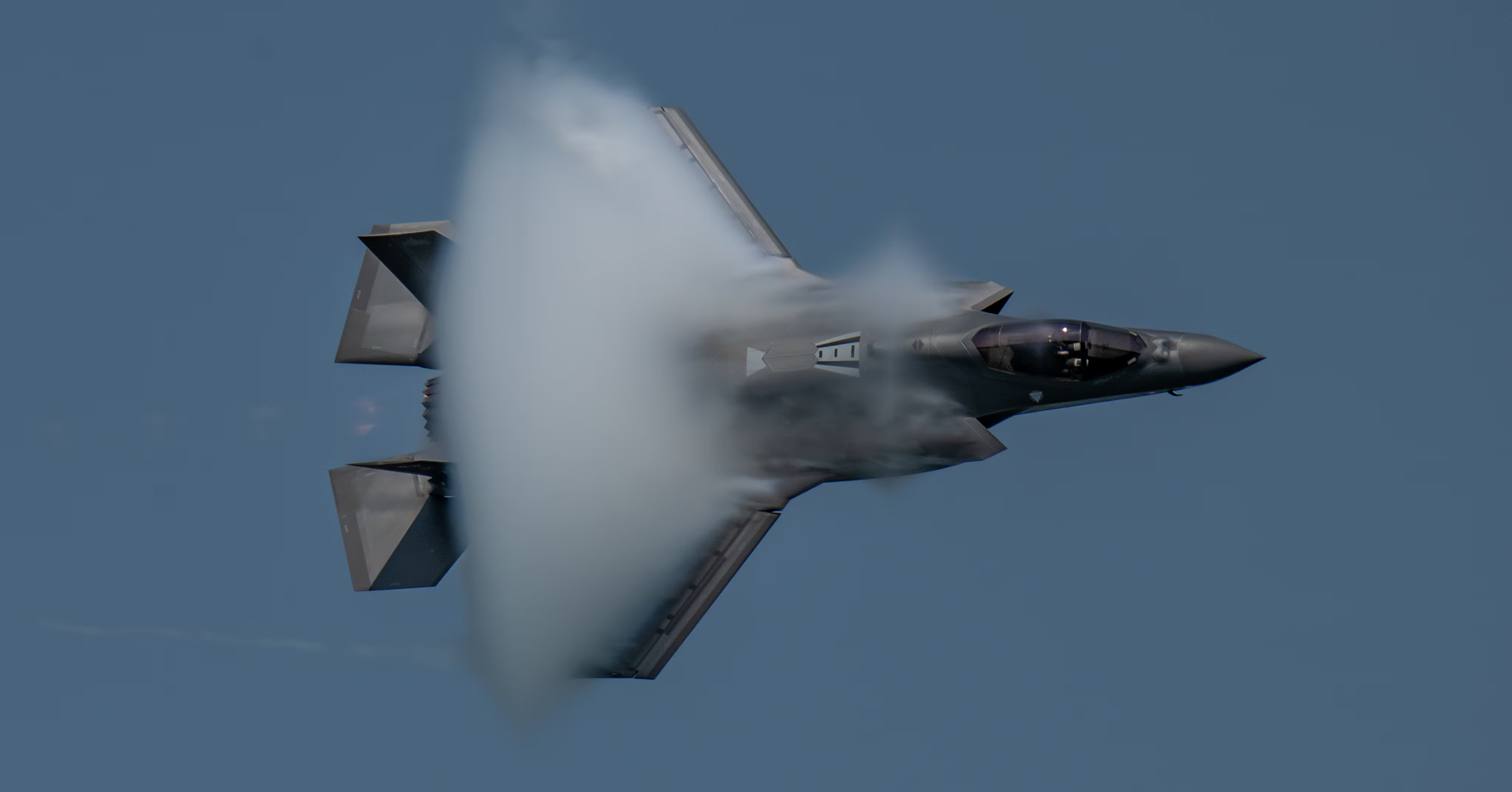
5. Continuous Evolution and Adaptability
5.1 Ongoing Upgrades
The F-35 program is designed for continuous improvement. With a robust upgrade path, the aircraft can integrate new technologies and capabilities as they become available. This adaptability ensures that the F-35 remains relevant in the face of rapidly evolving threats.
5.2 Data-Driven Enhancements
The F-35’s ability to collect and analyze data during missions provides valuable insights for future upgrades. This data-driven approach allows for informed decision-making regarding enhancements and modifications, ensuring that the aircraft remains at the forefront of military aviation technology.
5.3 Global Collaboration
The F-35 program is a collaborative effort involving multiple nations. This global partnership not only enhances the aircraft’s capabilities but also fosters interoperability among allied forces. As new technologies are developed, they can be shared and integrated across the F-35 fleet, further solidifying its status as a leading fighter jet.
Conclusion
The F-35 Fighter Jet stands as a symbol of modern military innovation. Its unmatched stealth, versatility, speed, advanced electronic systems, and continuous evolution make it an unstoppable force in the sky. As geopolitical tensions rise and the nature of warfare evolves, the F-35’s significance will only continue to grow, ensuring that it remains a cornerstone of air power for years to come.
FAQs
What makes the F-35 different from other fighter jets?
The F-35’s unique combination of stealth, versatility, and advanced technology sets it apart from traditional fighter jets. Its ability to perform multiple roles and integrate with other military assets enhances its operational effectiveness.
How many countries operate the F-35?
As of now, 20 nations have incorporated the F-35 into their air forces, highlighting its global significance and acceptance among allied nations.
What are the three variants of the F-35?
The F-35 is available in three variants: the F-35A for the Air Force, the F-35B for the Marine Corps, and the F-35C for the Navy, each designed for specific operational requirements.
How does the F-35 enhance situational awareness for pilots?
The F-35’s advanced avionics, including the Distributed Aperture System, provide pilots with a comprehensive view of the battlefield, allowing them to detect and engage threats effectively.
What is the future of the F-35 program?
The F-35 program is designed for continuous upgrades and improvements, ensuring that the aircraft remains at the forefront of military technology and can adapt to emerging threats.

